AI couldn’t necessarily provide instructions for how to create a bioweapon but could bridge gaps in knowledge that have soiled previous attempts.


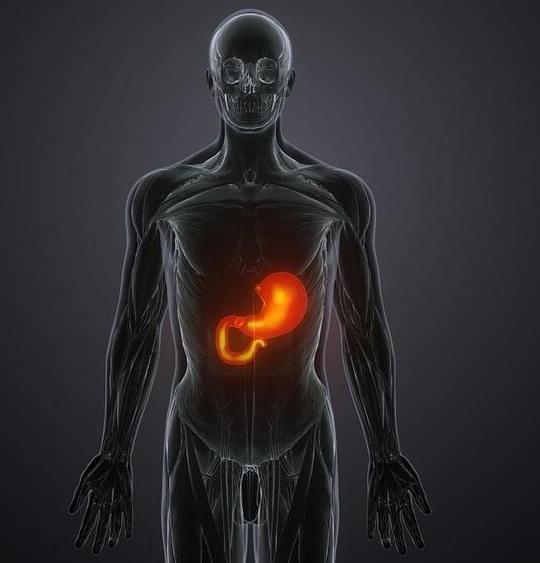
A recent publication in Cell demonstrates that arginine, an amino acid that facilitates various cellular processes, including cellular growth, also promotes tumor growth. The study shows that arginine reprograms the metabolism of the tumor, a mechanism that many cancer cells use to replicate continuously.
The liver’s primary functions include metabolizing nutrients obtained from food and storing energy for later use by the body. Thus, the liver is highly involved in the body’s metabolic balance.
Over the past two decades, a growing body of evidence suggests cancer is a metabolic disease. Almost all cancers, regardless of the tissue in which they develop, have an impairment in energy metabolism.
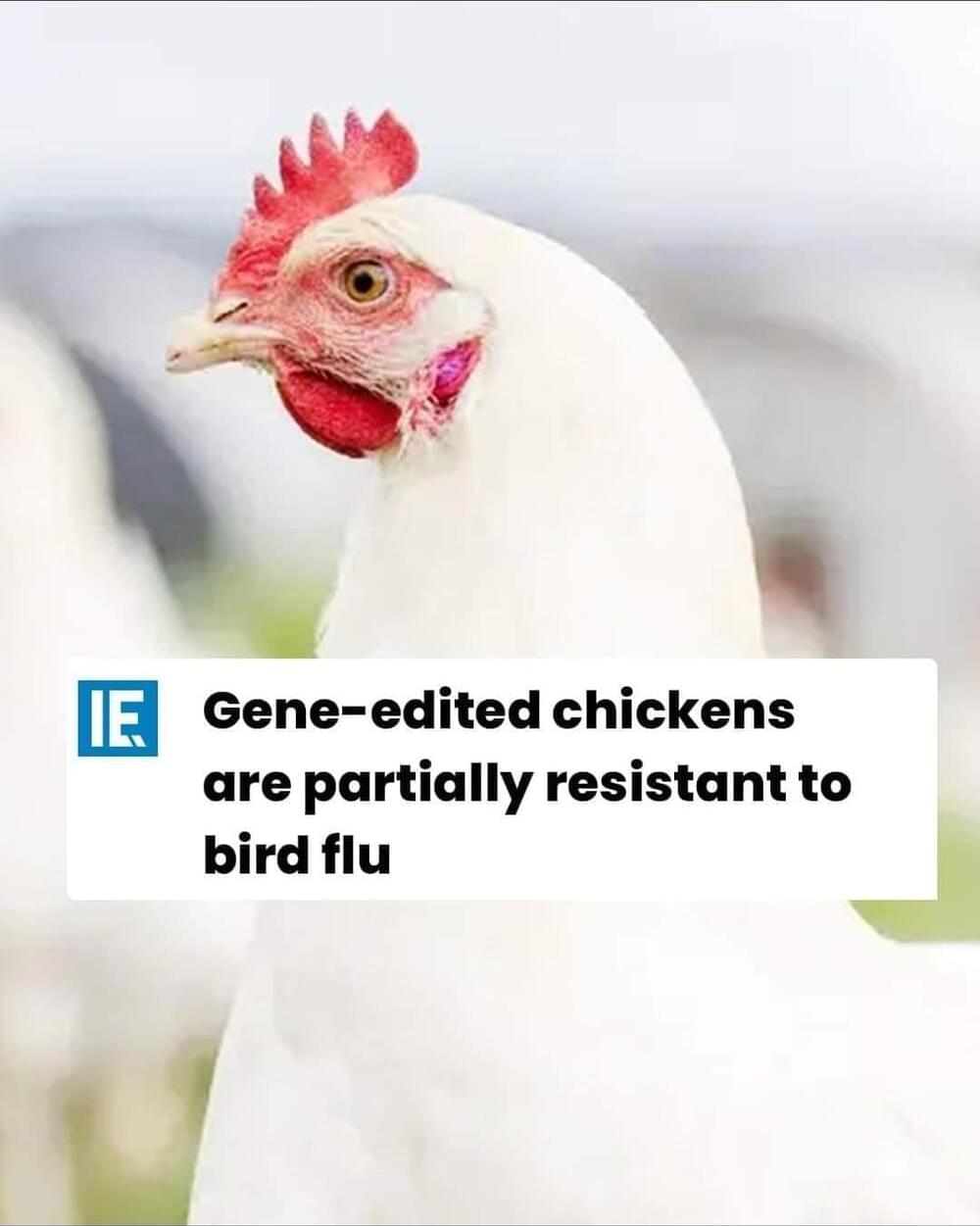
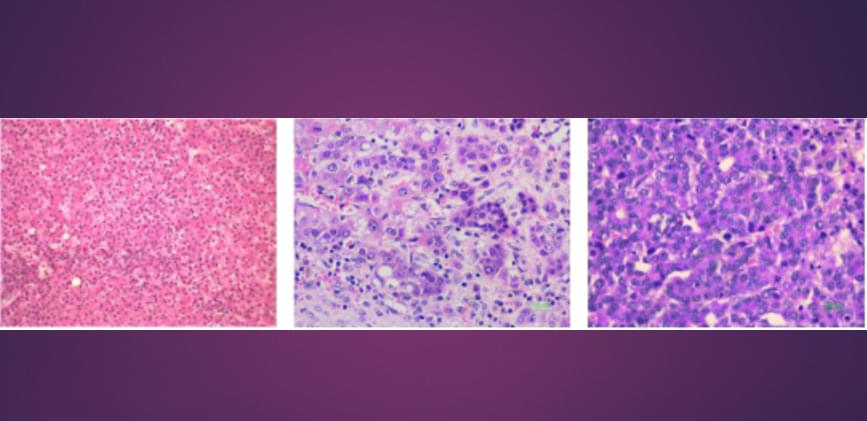
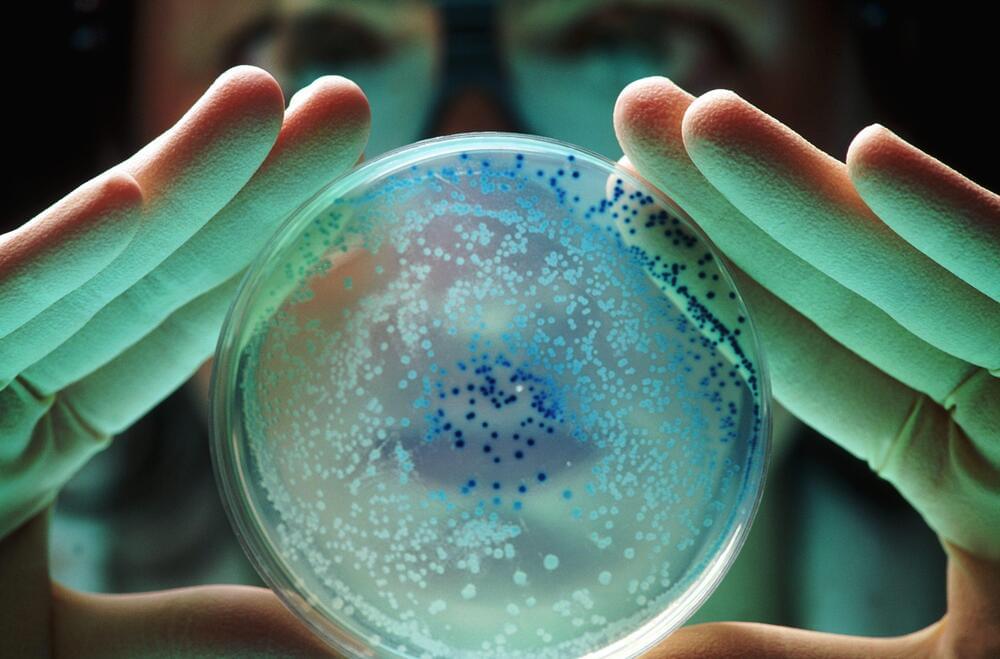
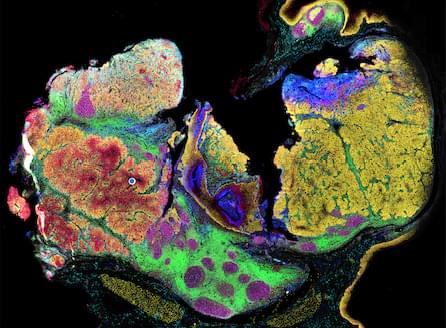
This work is published in GEN Biotechnology in the paper, “Mapping the Spatial Proteome of Head and Neck Tumors: Key Immune Mediators and Metabolic Determinants in the Tumor Microenvironment.”
HNSCCs are tumors that develop in the lip, oral cavity, larynx, salivary glands, nose, sinuses, or the skin of the face. They are the seventh most common cancer globally causing more than 300,000 deaths annually. Immune checkpoint inhibitors have shown promise in treating recurrent/metastatic cases.
Here, researchers present a framework for single-cell spatial analysis of proteins to analyze HNSCCs. First, they developed an ultra-high plex antibody panel with antibodies for detection of immune cells, cancer cells, and markers that identify cellular metabolism, apoptosis and stress, tumor invasion, and metastasis, as well as cellular proliferation and deregulation.
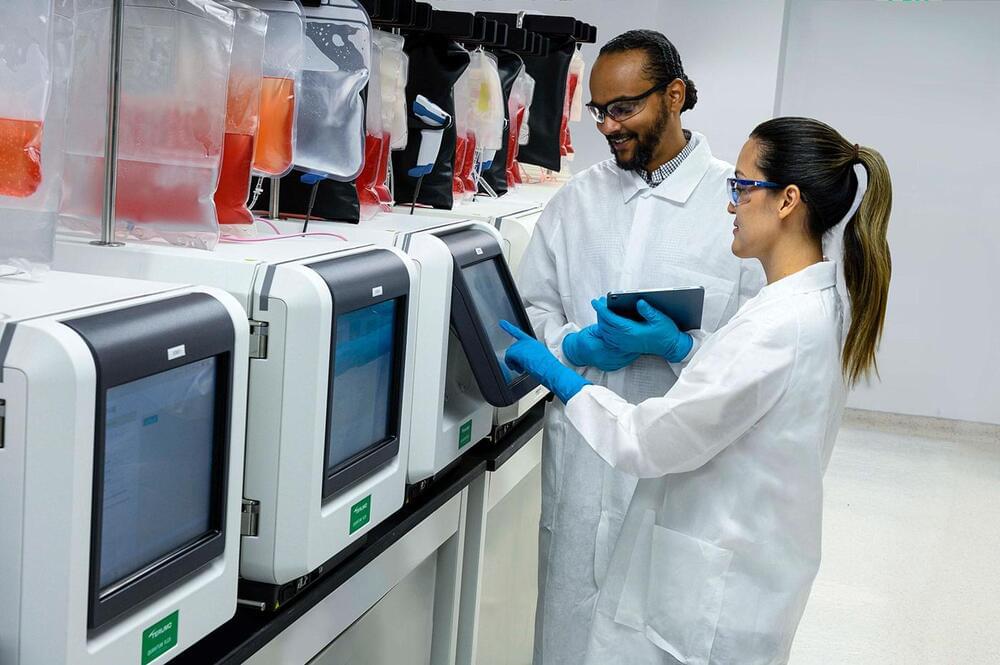
Data serves as the foundation of today’s biotechnology and pharmaceutical industries, and that foundation keeps expanding. “The appreciation of the value of data and need for quality data has grown in recent years,” says Anastasia Christianson, PhD, vice president and global head of AI, machine learning and data, Pfizer. She notes that the concept of FAIR data—Findable, Accessible, Interoperable, and Reusable data1—is becoming more widely accepted and more closely achieved.
Part of the transition in data use arises almost philosophically. “There has been a cultural shift or mindset change from data management for the purpose of storage and archiving to data management for the purpose of data analysis and reuse,” Christianson explains. “This is probably the most significant advance. The exponential growth of analytics capabilities and artificial intelligence have probably raised both the expectations for and appreciation of the value of data and the need for good data management and data quality.”
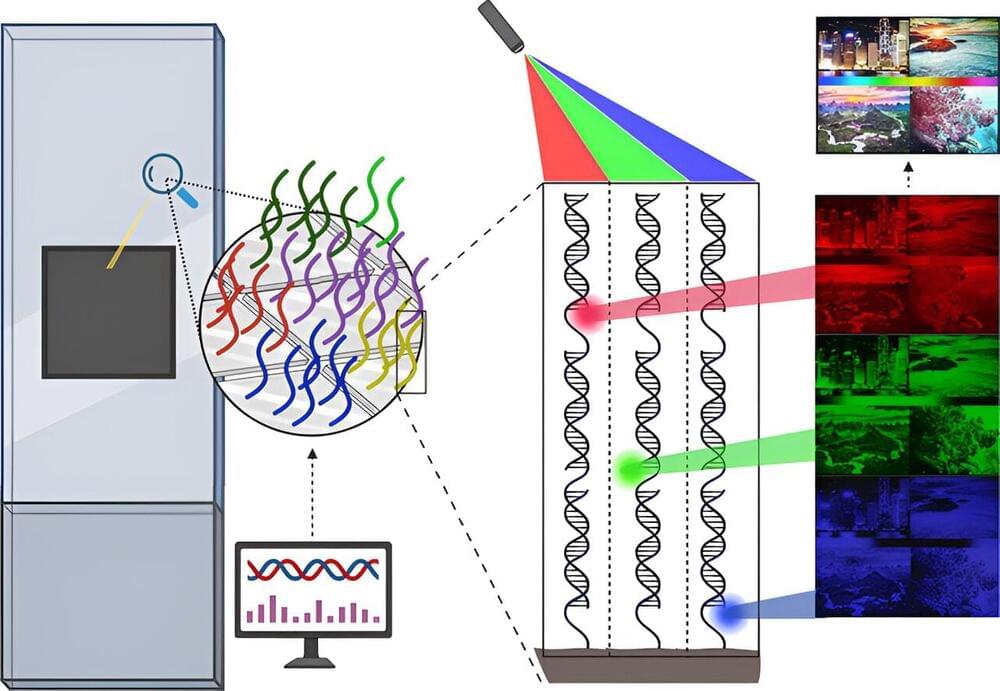
The DNA double helix is composed of two DNA molecules whose sequences are complementary to each other. The stability of the duplex can be fine-tuned in the lab by controlling the amount and location of imperfect complementary sequences.
Fluorescent markers bound to one of the matching DNA strands make the duplex visible, and fluorescence intensity increases with increasing duplex stability. Now, researchers at the University of Vienna succeeded in creating fluorescent duplexes that can generate any of 16 million colors—a work that surpasses the previous 256 colors limitation.
This very large palette can be used to “paint” with DNA and to accurately reproduce any digital image on a miniature 2D surface with 24-bit color depth. This research was published in the Journal of the American Chemical Society.
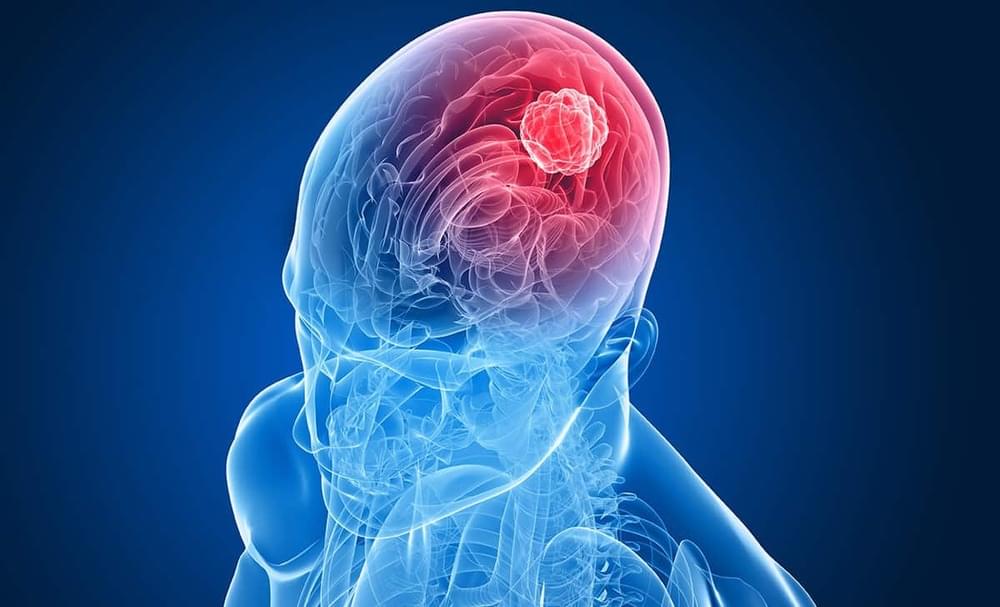
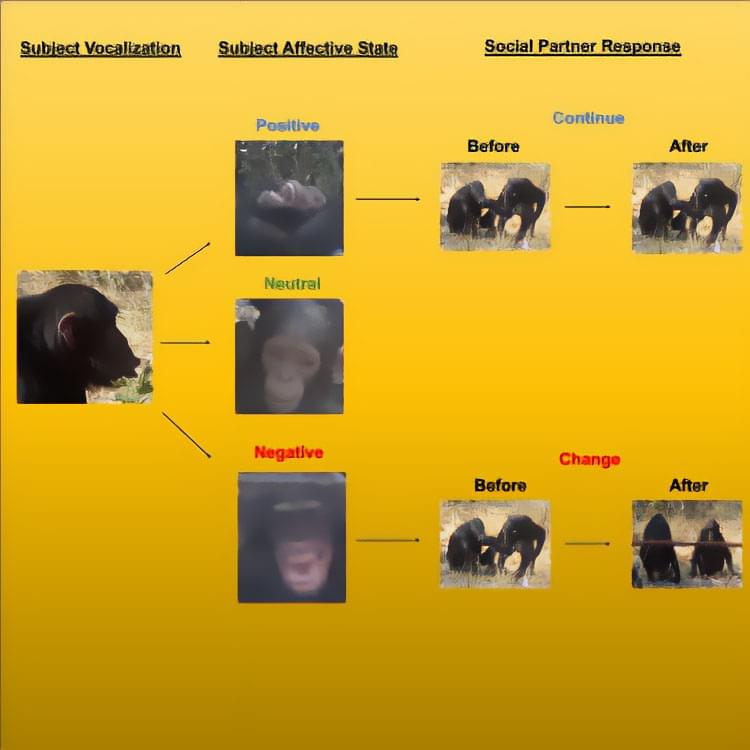
Half a century after its foundation, the neutral theory of molecular evolution continues to attract controversy. The debate has been hampered by the coexistence of different interpretations of the core proposition of the neutral theory, the ‘neutral mutation–random drift’ hypothesis. In this review, we trace the origins of these ambiguities and suggest potential solutions. We highlight the difference between the original, the revised and the nearly neutral hypothesis, and re-emphasise that none of them equates to the null hypothesis of strict neutrality. We distinguish the neutral hypothesis of protein evolution, the main focus of the ongoing debate, from the neutral hypotheses of genomic and functional DNA evolution, which for many species are generally accepted. We advocate a further distinction between a narrow and an extended neutral hypothesis (of which the latter posits that random non-conservative amino acid substitutions can cause non-ecological phenotypic divergence), and we discuss the implications for evolutionary biology beyond the domain of molecular evolution. We furthermore point out that the debate has widened from its initial focus on point mutations, and also concerns the fitness effects of large-scale mutations, which can alter the dosage of genes and regulatory sequences. We evaluate the validity of neutralist and selectionist arguments and find that the tested predictions, apart from being sensitive to violation of underlying assumptions, are often derived from the null hypothesis of strict neutrality, or equally consistent with the opposing selectionist hypothesis, except when assuming molecular panselectionism. Our review aims to facilitate a constructive neutralist–selectionist debate, and thereby to contribute to answering a key question of evolutionary biology: what proportions of amino acid and nucleotide substitutions and polymorphisms are adaptive?